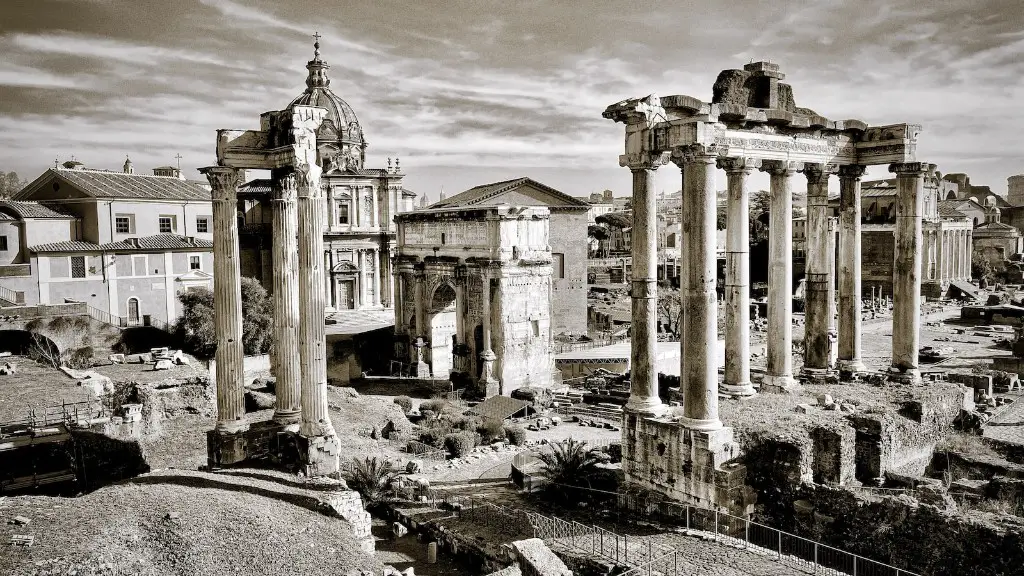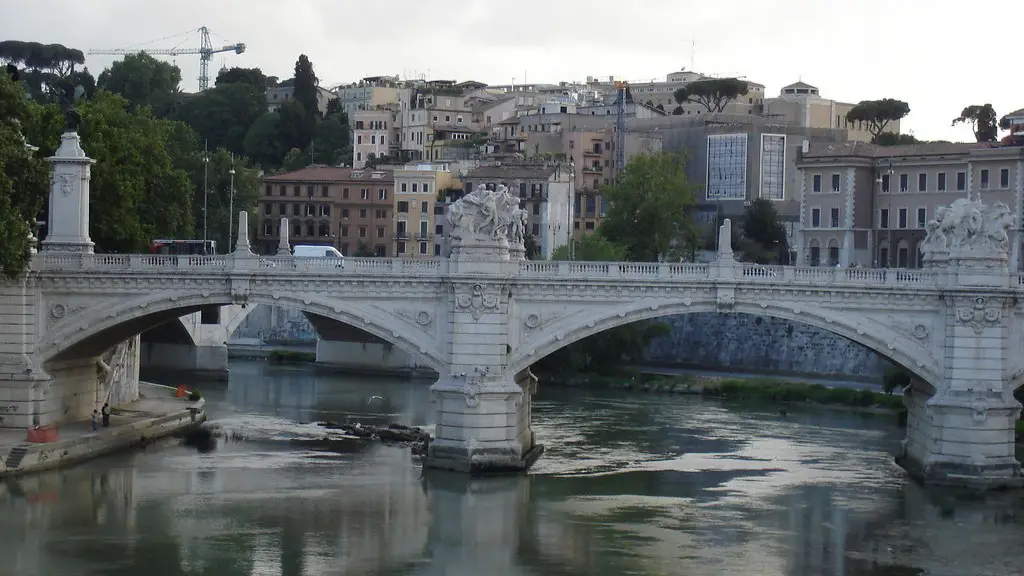The origins of slavery in ancient Rome are complex and still somewhat disputed. Rome had many places to acquire slaves, including via trade, piracy, and war. In addition, slave-owners could purchase slaves from dealers who specialized in slave-trading. Most slaves in Rome were owned by wealthy citizens, although some slave-owners were from the lower classes. There were several different types of slaves in ancient Rome, including domestic slaves, agricultural slaves, and industrial slaves. Slavery was an integral part of Roman society and economy, and it was not unusual for a wealthy citizen to have hundreds of slaves.
The answer to this question is not entirely clear, as there are various theories about how slaves in ancient Rome became slaves. One theory suggests that slaves were taken captive in war, while another theory suggests that slaves were born into slavery. There is also evidence that some slaves were sold into slavery by their families.
How did Roman slavery work?
Public slaves in Rome were owned by the government and typically worked on public building projects, for a government official, or in the emperor’s mines. Private slaves were owned by an individual and typically worked as household servants, laborers on farms, or craftsmen.
Women in ancient Greece were not afforded the same rights as men, but they were not treated as harshly as slaves. Women could be honoured for their role as priestesses or family members, and had some citizen rights. Slaves, by contrast, had no legal or social standing at all and could be treated as beasts of burden by their masters. This was the reality of life in ancient Greece, where women and men were not considered equal.
Who became slaves in Rome
It is fascinating to note that the majority of Roman slaves were actually Greeks, due to the numerous wars between Rome and Greece, and the Roman victories. However, war captives were not the only slaves in Rome; even Romans themselves could be enslaved. The stranger fact is that they could even voluntarily turn into slaves! This was usually done in order to escape debt or punishment, and while it may have seemed like a good idea at the time, it often led to a life of misery and hardship.
The Romans did not think slavery was a bad thing and so they did not see any reason to justify it. Slavery was the consequence of a culture being conquered and people were regarded as captured valuables just like anything else.
What did Roman slaves do for fun?
Gladiator fights were a popular form of entertainment in the Roman Empire. These fights typically involved two men fighting to the death in an arena, with the winner being decided by the crowd. Although these fights were often brutal, many people enjoyed watching them. Some gladiators were even able to earn respect and admiration from the crowds, as well as money and social status. However, many of the gladiators were slaves who were forced to compete and die for the entertainment of the people.
The early Romans were composed mainly of Latin-speaking Italic people, known as the Latins. The Latins were a people with a marked Mediterranean character, related to other neighbouring Italic peoples such as the Falisci.
Did slaves build the Colosseum?
The Colosseum is one of the most iconic structures from the Roman Empire. Construction on the massive amphitheater was ordered by the Emperor Vespasian in 70-72 AD. After Vespasian’s death, his sons Titus and Domitian completed the project. The physical construction was done by Jewish slaves, who were overseen by Roman architects, engineers, and artists. The Colosseum was used for a variety of public events, including gladiatorial contests, executions, and public spectacles. For centuries, it was one of the most recognizable symbols of Rome’s power and grandeur.
The educated slaves in Roman society were largely trained in either self-education or through more formal means in organizationally structured schools, known as paedagogia. slaves were highly valued in Roman society for their abilities and were often given opportunities to learn and grow in their roles. This helped to create a more efficient and effective society overall.
What age did Roman girls get married
The age of consent for marriage was 12 for girls and 14 for boys during the Roman Empire. Most Roman women married in their late teens to early twenties. Noble women, however, married younger than those of the lower classes. An aristocratic girl was expected to be a virgin until her first marriage.
The main staples for slaves were low quality bread and cheap wine, but they were also given average fruits and vegetables, as well as soups, stews, and other hot meals. This diet was often supplemented by whatever meat the slaves could catch, which was usually of poor quality.
Did Romans marry their sisters?
Sibling marriages were quite common in ancient Egypt, as evidenced by numerous papyri and Roman census declarations. This practice likely continued into the Graeco-Roman period of Egyptian history. While the reasons for this are not entirely clear, it is possible that sibling marriages were seen as a way to keep property and wealth within the family.
Lucius Septimius Severus was a significant figure in Roman history, becoming the first African Emperor in 193 AD. He emerged victorious from a period of civil war and proceeded to expand the border of the empire. This period of imperial transformation and founding of a dynasty was significant for Rome.
What skin color were Romans
The Romans had a wide range of skin tones, from light brown to pale skin. This is due to the fact that the Roman Empire was made up of people from all over the world.
There is very little evidence of skin pigmentation among ancient Romans, since it wasn’t important to them. This lack of evidence has led to the assumption that most prominent Romans were, in our terms, white. However, it is impossible to know for sure what the skin color of individual ancient Romans was.
How many slaves died in the Colosseum?
Although we cannot know for certain how many people died in the Colosseum, it is believed that as many as 400,000 people perished there over the 350 years it was used for human bloodsports and spectacles. This number includes gladiators, slaves, convicts, prisoners, and other entertainers. The Colosseum was a cruel and brutal place, and it is horrifying to think of how many people lost their lives there.
Most gladiators were slaves, ex-slaves, or freeborn individuals who fought under contract to a manager. They were often ranked below prostitutes, actors, and pimps, and generally regarded as both moral and social outcasts.
Who broke the Roman Colosseum
The Colosseum is one of the most iconic ancient Roman structures. However, it has not always been in the best condition. After the fall of the Western Roman Empire, the Colosseum began to deteriorate. A series of earthquakes during the fifth century CE damaged the structure, and it also suffered from neglect. In recent years, there have been a number of efforts to restore the Colosseum to its former glory.
Fathers under Roman law had the right to inflict horrendous punishments on their children. This included beating and starving them. However, few fathers resorted to killing their children. This was likely due to the fact that killing a child was seen as a heinous act that would bring shame upon the family.
Conclusion
The starting point for most slaves in ancient Rome was war. Slaves were captured in battle and brought back to Rome as part of the spoils of war. They were then sold at market, usually in huge public auctions.
The vast majority of slaves in ancient Rome were acquired through warfare. In many cases, entire families were enslaved, ensuring a steady supply of new recruits. Slaves were also bought and sold on the open market, although this was less common. Those who could not afford to purchase their freedom often resorted to working off their debt through manual labor. Conditions for slaves were generally brutal, and life expectancy was short.





